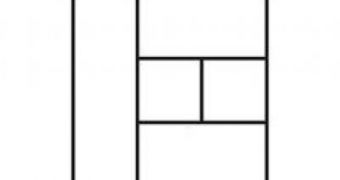Albert Einstein's famous theory of general relativity and the quantum mechanics theory are two of the most complete methods we have of explaining our surrounding realities. However, each of them only describes a part of the Universe, so an idea that would unify the two has been sought for over the last decades. The main goal is to produce a quantum theory of gravity (QTG), which would essentially allow physicists to connect quantum (subatomic or elementary) phenomena to large-scale ones. All attempts at doing this have failed so far, but a new approach may be more successful, its creators think.
Now, researchers Zvi Bern, John Carrasco, and Henrik Johanssen, from the University of California in Los Angeles (UCLA), Lance Dixon, from the Stanford Linear Accelerator Center (SLAC), and Radu Roiban, from the Pennsylvania State University (Penn State) have devised a way to use an existing theory, first formulated in the 1980s, to carry out calculations of quantum gravity.
The main obstacle that other research teams stumbled upon in their efforts was the fact that the equations associated with QTG resulted in variables that tended to be infinite, and also the fact that they could not substitute these infinities through mathematical gambits, as in other fields of physics. The reason why the team decided to rely on the 1980s theory is the fact it is widely known to operate with finite amounts, ScienceDaily reports.
Essentially, the researchers will create a calculus mix that will include desirable aspects from the string theory and point-like particles. This will allow them to use graphical computational methods called Feynman diagrams in order to perform cancellations in the calculations, which would hopefully bring them a few steps closer to producing viable results. Details on their efforts appear in the latest issue of the respected scientific journal Physical Review Letters. The recent effort again proves that theories that were dismissed in the past may gain new value in light of recent developments.

 14 DAY TRIAL //
14 DAY TRIAL //